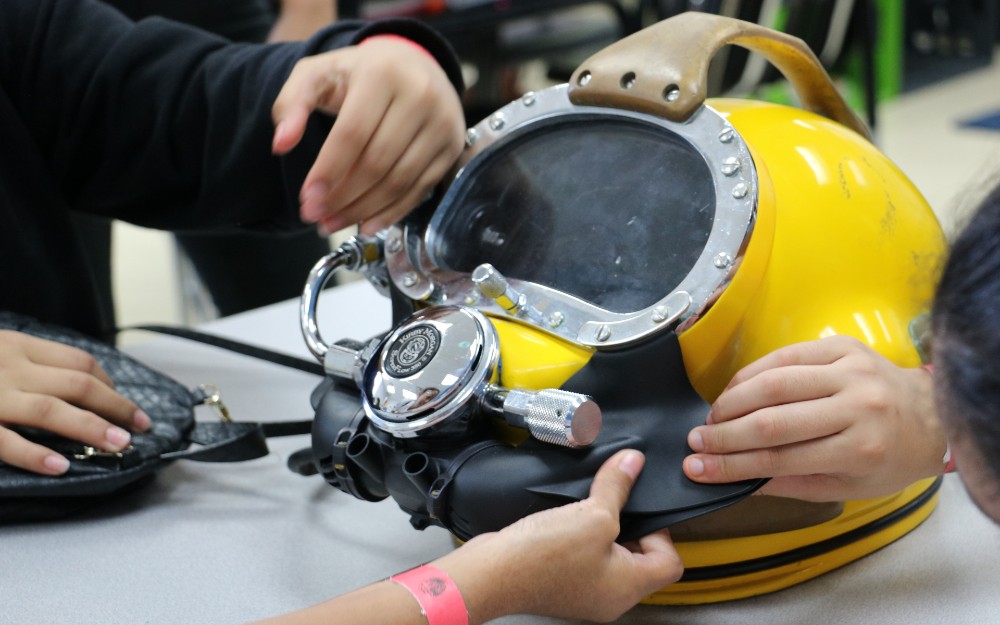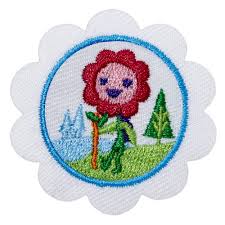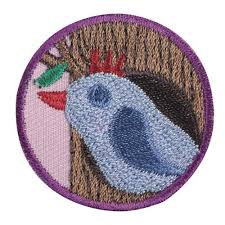Marine Science Lab
Through the Aquarius Journey program, students learn what it's like to live underwater at the Aquarius Reef Base.
Participants explore the ocean and its inhabitants along with how to conserve all the resources they provide.
Using select activities from our Mission Inspire: Expedition Ocean curriculum, students and teachers will join an FIU facilitator in completing a lesson along with trained staff.

Reserve This Program
Fill out our form to begin your reservation. Offered virtually or in person at your site, lab experiences last 45 minutes. Each session accommodates up to 30 individuals. Experiences are primarily offered during core hours of 10 a.m. to 3 p.m.
Virtual
- Offered Monday–Friday
- Requires a strong internet connection
- $250 for first virtual lab; 10% each additional virtual lab of the same theme on the same day
In-Person
- Primarily offered on Tuesdays, Wednesdays and Thursdays
- Hosted at your site; requires a classroom, library or other quiet setting
- $300 for first in-person lab; 10% off each additional lab of the same theme on the same day
Requests for alternate days or times will be considered. Within 48 hours after you submit your request, an Education Outreach team member will contact you to discuss your proposed itinerary. Once everything is reviewed and set, the invoice will be sent.
Alignments
Check out how our program aligns to Florida Department of Education and Scout benchmarks:
More to Explore
Want to get more from your adventures?
Combine labs, demos and field trips to reinforce learning and fun.
- Tech to Protect – Animal borne cameras are the closest way for researchers to slip into the fins of the species they study and see the world through their eyes. Get hands-on in a technology lab that gets you thinking on your feet, just like scientists in the field.
- Animal Encounter – Get to know the creatures that help keep the balance of marine and coastal ecosystems everywhere. Dive in as you explore marine invertebrates from Biscayne Bay.

